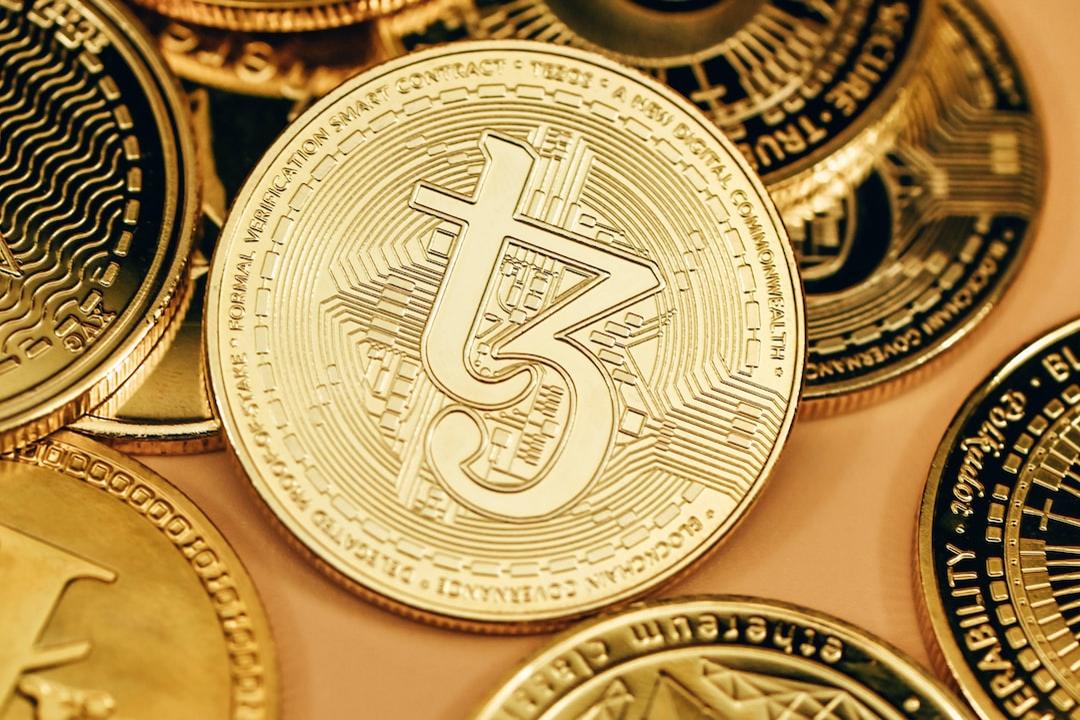Author: Liu Chenguang, Journalist at Jiemian News
On June 5th, the Chief Executive Officer of the Hong Kong Securities and Futures Commission (referred to as the HKSC) Leung Fung-yi pointed out at the Greenwich Economic Forum (Hong Kong) that harnessing the power of technology is crucial, focusing on Distributed Ledger Technology (DLT).
Leung Fung-yi highlighted the application of DLT in the financial markets with virtual assets. The resilience of Bitcoin over the past 15 years, despite multiple cycles of ups and downs, proves its ability to exist as an alternative asset. Furthermore, as the underlying technology of Bitcoin, DLT is expected to withstand the test of time. The potential advantages of DLT are evident, as this technology can enhance the efficiency of physical assets in distribution, clearing, settlement, and custody, while reducing costs.
She emphasized that although the hype around NFTs may have subsided, the technology is gradually being utilized in the world of physical assets. Physical assets are gradually being tokenized, with potential benefits in several aspects.
Firstly, financial inclusivity; secondly, both parties in a transaction can enjoy higher transparency and privacy; thirdly, enhancing settlement efficiency and reducing costs, with tokenization potentially aiding in achieving atomic settlements; fourthly, transferability.
Leung Fung-yi believes that the financial services sector can also benefit from the potential advantages and efficiency growth mentioned above. Issuance of traditional assets such as bonds and money market funds, secondary market trading, custody, and mortgages can all be completed on the blockchain, which is the future vision of the financial industry.
“Although some markets are moving towards settlement cycles of T+1 or even T+0, most existing financial infrastructures and cross-border payment system processes still operate on T+2, making the blockchain model particularly attractive. Today, this remains a vision, with a long road ahead,” Leung Fung-yi said.
In Leung Fung-yi’s view, Hong Kong is gradually establishing a Web3 ecosystem. Following the issuance of the world’s first batch of digital government green bonds last year, the Special Administrative Region continued its efforts in February this year by issuing a second batch of bonds on a private blockchain. The issuance, trading settlement, interest payout, and redemption date of these bonds were all conducted on a private blockchain. With the support of Hong Kong’s legal and regulatory framework, the successful issuance of green bonds worth HK$6.8 billion attracted a wide range of institutional investors from around the world.
Furthermore, to promote the development of Hong Kong’s exchange-traded fund (ETF) ecosystem, the HKSC approved the trading of the first batch of virtual asset spot ETFs in Asia for retail investors. These six ETFs began trading at the end of April and have maintained orderly transactions. As of May 31st, the total market value of these ETFs reached US$301 million, with a daily average turnover of US$5.8 million.
Leung Fung-yi pointed out that adopting a technology-neutral stance, the HKSC adheres to the principle of “same business, same risks, same rules.” Investor protection is a top priority in their work.
She particularly emphasized that the HKSC’s support for Hong Kong’s Web3 ecosystem does not equate to an endorsement of virtual assets as an asset class. She stated that currently, virtual assets are evidently highly speculative with prices fluctuating significantly. Therefore, while meeting investor demands, the HKSC has ensured a wide range of investor protection measures are in place. Regarding virtual asset spot ETFs, the HKSC requires that related virtual asset trading must be conducted on virtual asset trading platforms licensed by the HKSC, and the virtual assets must be held in custody by these platforms or banks that meet the relevant standards. The HKSC also requires fund management companies to warn investors of risks and remind investors to be cautious of the volatile nature of this asset class.
In June last year, the regulatory regime for central trading platforms by the HKSC officially took effect. Due to the ease with which over-the-counter virtual asset trading can involve fraud and money laundering risks, the Hong Kong SAR government consulted the public earlier this year on the licensing of over-the-counter service providers. These measures will complement efforts to create a robust and transparent regulatory environment for virtual asset trading. The scope of virtual asset regulation will also be further extended to stablecoins, with new regulations being prepared for regulating fiat-backed stablecoins.
“As is well known, stablecoins are generally issued by non-bank institutions and may be used for payments. Therefore, regulating the issuers of stablecoins will help protect their holders. The Hong Kong Monetary Authority (HKMA) recently completed consultations on proposed regulations, including requiring issuers to ensure that stablecoins are fully backed by high-quality and highly liquid reserve assets,” Leung Fung-yi said.
“Will traditional financial services provided on traditional infrastructures be replaced by smart contracts and DLT someday? When will this happen? These are still unknowns,” Leung Fung-yi admitted, suggesting that market participants interested in exploring should actively test relevant use cases, while the role of the HKSC as a regulator is to provide a clear, definite, and consistent regulatory framework to facilitate the expansion of use cases in the market while safeguarding investors.

